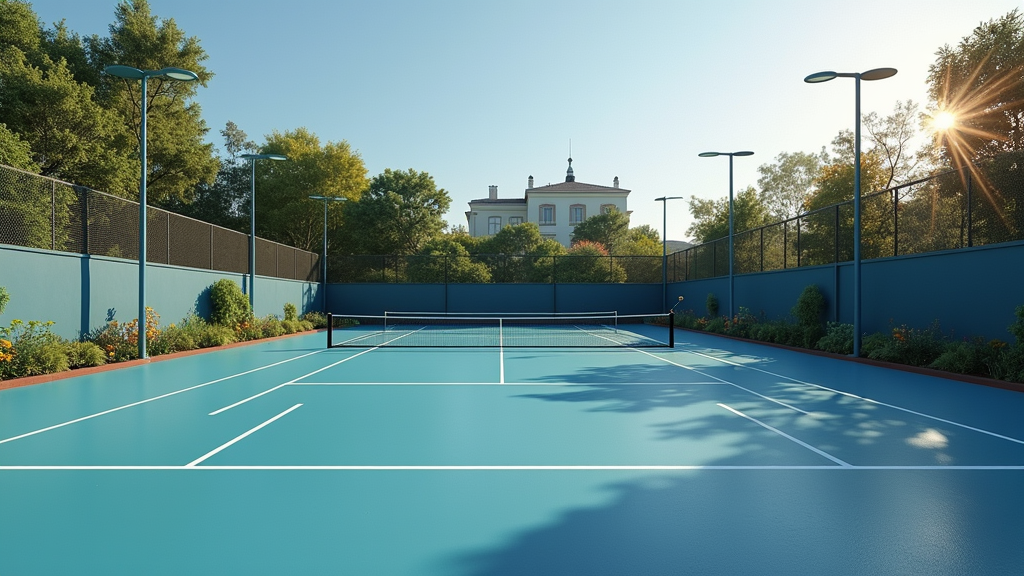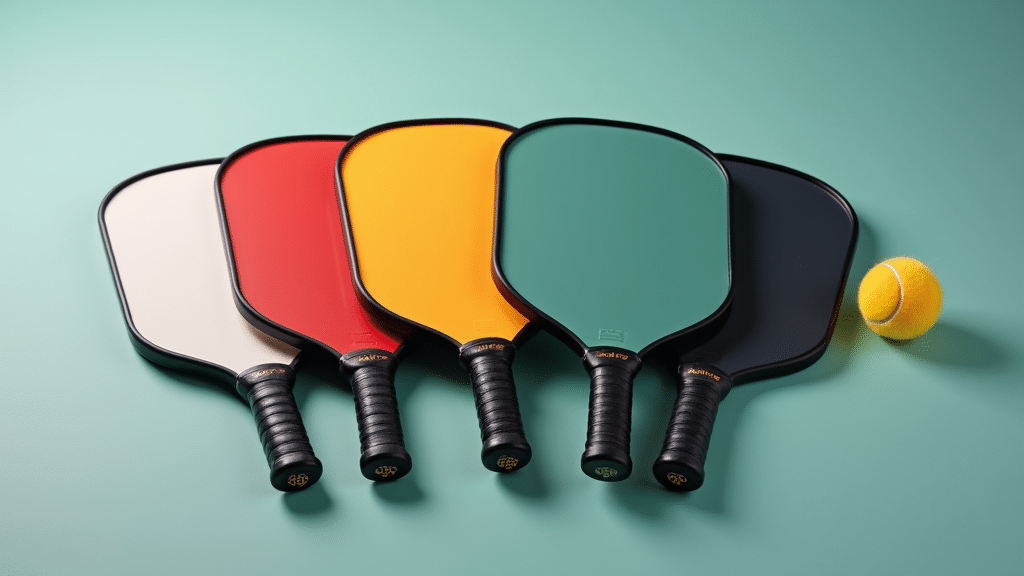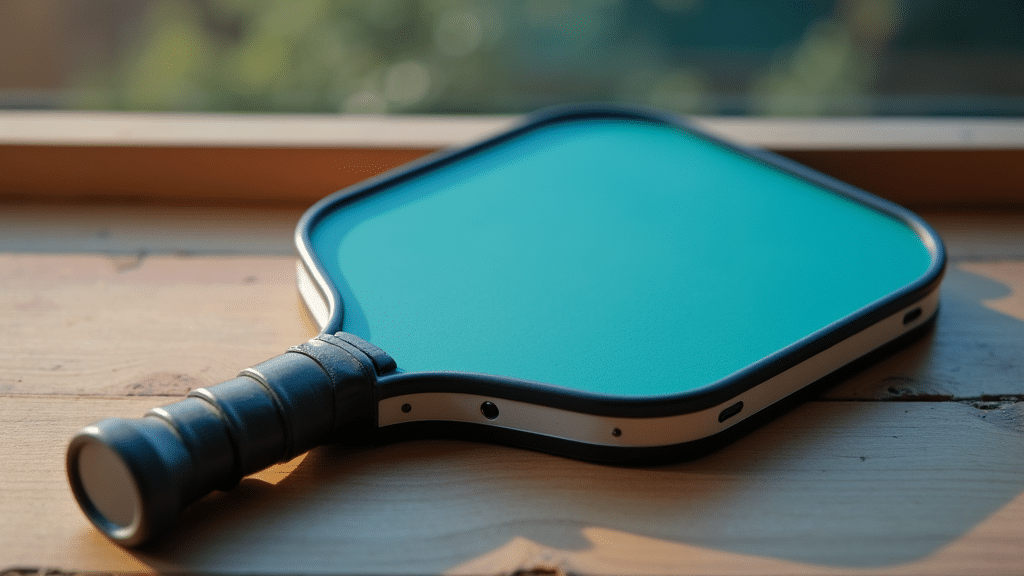Table of Contents
- Understanding Pickleball Court Seating Arrangements Outline
- Understanding Pickleball Court Seating Arrangements Outline
- Detailed Pickleball Court Seating Arrangements Outline
- Preparation: Materials for Court Seating Outline
- Initial Setup for Pickleball Court Seating
- Important Considerations for Seating Arrangements
- Step-by-Step Pickleball Court Seating Process
- Best Practices for Court Seating Layouts
- Common Seating Arrangement Mistakes to Avoid
- Expert Tips for Pickleball Seating Design
- Optimization Methods for Maximizing Seating
- Troubleshooting Common Seating Problems
Understanding Pickleball Court Seating Arrangements Outline
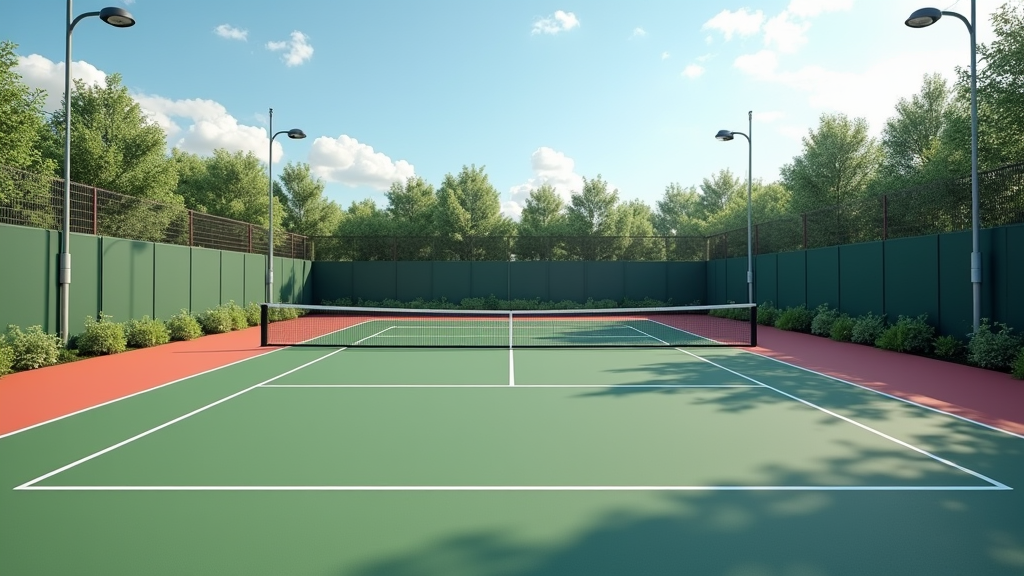
Enhancing Pickleball Experience with Court Seating
Effective pickleball court seating arrangements enhance the experience for both players and spectators. The number of spectators can significantly impact seating needs, often increasing them by 20-50%. Comfortable and accessible seating is crucial for improving enjoyment and inclusivity. This creates a more welcoming and engaging environment, which in turn increases court usage and community involvement.
Pickleball’s Evolution and Seating Arrangement Demands
Pickleball has evolved from a simple backyard game to a widely popular sport. This growth has led to an increased demand for dedicated pickleball courts and facilities that include spectator accommodations. Proper seating arrangements are now a vital consideration in court design and planning.
Key Concepts in Pickleball Court Seating Planning
This guide will cover the core concepts of optimal seating placement, accessibility, and design for pickleball courts. You’ll learn the principles behind effective seating arrangements and how to plan and implement them for your pickleball facility, ensuring a comfortable and enjoyable experience for everyone.
Understanding Pickleball Court Seating Arrangements Outline
Defining Key Spectator Seating Arrangement Concepts
When planning a pickleball court, understanding key terms is crucial. Spectator seating refers to designated areas where viewers can comfortably watch the game. Accessible seating ensures compliance with ADA standards, providing accommodations for individuals with disabilities.
Core Principles for Effective Court Seating
Effective pickleball court seating arrangements prioritize several core principles. Visibility is paramount, ensuring spectators have unobstructed views of the court. Accessibility means providing easy and safe access for everyone. Safety involves maintaining a secure distance between seating and the playing area. Finally, comfort enhances the overall viewing experience.
Essential Elements for Pickleball Court Seating
A well-designed seating area includes several essential elements. These include the seating units themselves, such as benches, chairs, or bleachers. Pathways for easy access are also necessary, along with safety barriers like fences or railings to protect spectators.
Key Features: Number, Material, and Placement
When designing pickleball court seating, consider key features. The number of seats should align with expected spectator volume, with community courts often needing 10-20 seats. Material durability is vital, requiring weather-resistant options like treated wood, plastic, or metal. Proper placement outside the recommended safety buffer zone is also critical.
Aesthetics, Comfort, and Accessibility Features
Beyond the essentials, secondary aspects enhance the spectator experience. Aesthetics ensure the seating complements the court’s overall design. Comfort features such as backrests, armrests, and shade structures add value. Accessibility features, including wheelchair spaces and ramps, ensure inclusivity.
Variations: Fixed, Portable, and Tiered Seating
Pickleball court seating arrangements can vary. Fixed seating involves permanent benches or bleachers. Portable seating, like chairs or folding benches, offers flexibility. Tiered seating provides elevated views in larger venues, enhancing visibility for all spectators.
Detailed Pickleball Court Seating Arrangements Outline
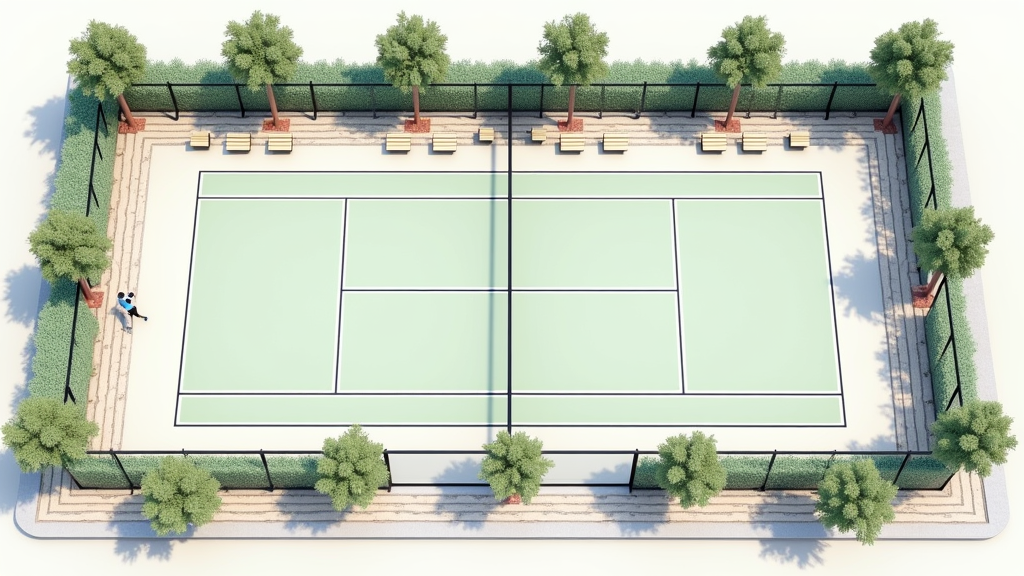
**Key Takeaway:** Effective pickleball court seating requires careful planning beyond just fitting chairs; prioritize safety by respecting buffer zones, ensure ADA compliance for accessibility, and enhance the viewing experience with elevated, tiered arrangements and weather-resistant materials. Consulting with experts and using design software can optimize layout and aesthetics for maximum spectator enjoyment.
Preparation: Materials for Court Seating Outline
Proper preparation is crucial for effective pickleball court seating. Gather these materials:
- Measuring tape: For accurate spacing and dimensions.
- Site plan: Showing court dimensions and surrounding area.
- Design software (optional): For visualizing seating layouts.
- Seating units: Benches, chairs, or bleachers.
- Construction materials: For building or modifying seating areas.
Initial Setup for Pickleball Court Seating
Begin by assessing the court layout and available space. Determine the number of spectators you need to accommodate and identify any potential obstructions or safety hazards.
Important Considerations for Seating Arrangements
Keep these factors in mind:
- Court Dimensions: Standard Pickleball Court Size: 20 feet wide x 44 feet long.
- Safety buffer zone: Recommended 10 feet around the court (5 feet on each side of the width and 10 feet on the length).
- ADA compliance: Ensuring accessible pathways and seating options.
- Local regulations: Checking for zoning restrictions or building codes.
Step-by-Step Pickleball Court Seating Process
Follow these clear instructions for setting up pickleball court seating:
Best Practices for Court Seating Layouts
Implement these best practices for optimal seating:
- Place seating on elevated platforms for improved visibility.
- Use weather-resistant materials for durability.
- Provide shade structures to protect spectators from the sun.
- Ensure adequate space between rows for easy movement (minimum 36 inches).
Common Seating Arrangement Mistakes to Avoid
Avoid these common pitfalls:
- Placing seating within the safety buffer zone.
- Neglecting accessibility requirements.
- Using flimsy or unstable seating units.
- Failing to consider viewing angles.
Expert Tips for Pickleball Seating Design
Consider these expert tips:
- Consult with court designers or architects for optimal layout planning.
- Use 3D modeling software to visualize seating arrangements.
- Incorporate landscaping to enhance the aesthetic appeal of the seating area.
Optimization Methods for Maximizing Seating
Optimize your seating arrangement with these methods:
- Maximize seating capacity while maintaining comfortable spacing.
- Use tiered seating to improve visibility in larger venues.
- Integrate storage solutions for portable seating units.
Troubleshooting Common Seating Problems
Address these common seating issues:
- Addressing visibility issues by adjusting seating height or angle.
- Resolving accessibility problems by adding ramps or modifying pathways.
- Mitigating noise complaints by installing sound barriers or landscaping.

